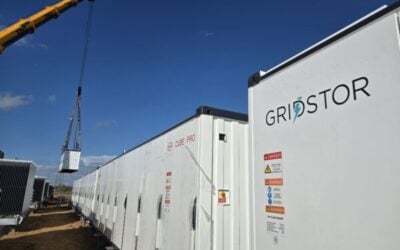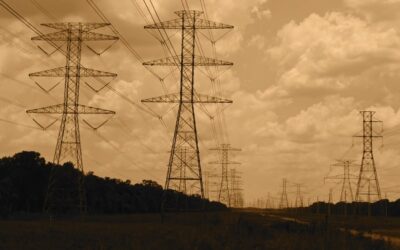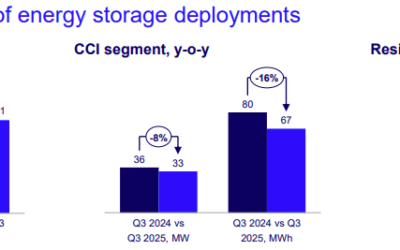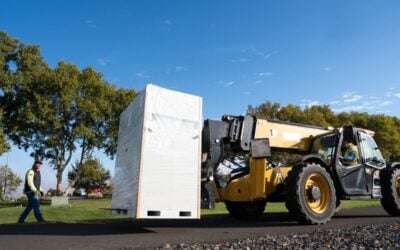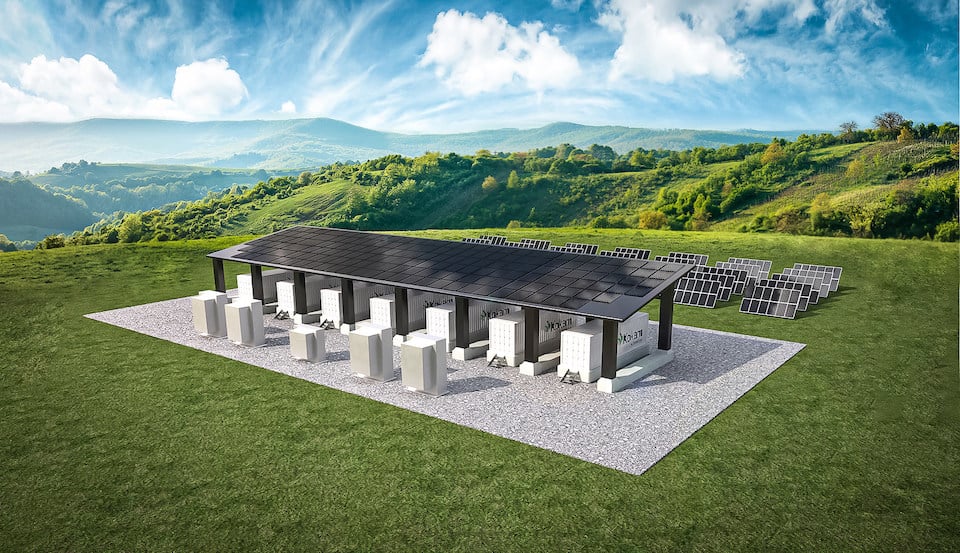
South Korean lithium-ion battery solutions provider Kokam will supply a battery energy storage system (BESS) that will serve as a virtual synchronous generator, reducing local reliance on diesel generators on the French Polynesian island of Tahiti.
The company, known for its high power nickel manganese cobalt (NMC) battery technology, has signed a contract with local utility Electricité de Tahiti for the supply of a short-duration 15MW / 10.4MWh battery system with a 20Mvar integrated static synchronous compensator (STATCOM).
Electricity grids rely on spinning reserve to ensure reliable operation: generation that is kept in reserve and unloaded that can compensate quickly for generation or transmission outages and interruptions. Considered the first line of defence when electricity supply runs short, Electricité de Tahiti, like many electricity suppliers in island grid or off-grid settings currently uses diesel gensets for this purpose.
Kokam’s BESS will instead provide a portion of that spinning reserve, responding quickly and without producing emissions to that need for power at short notice. This will also improve the performance of local diesel generation as well as reducing diesel fuel costs for the utility by up to and around €1.25 million per year. Diesel generators are in frequent need of maintenance and by running them less hard Electricité de Tahiti, which is a subsidiary of Italy-headquartered multinational utility ENGIE expects to encounter fewer maintenance events and increase generator lifespan.
Try Premium for just $1
- Full premium access for the first month at only $1
- Converts to an annual rate after 30 days unless cancelled
- Cancel anytime during the trial period
Premium Benefits
- Expert industry analysis and interviews
- Digital access to PV Tech Power journal
- Exclusive event discounts
Or get the full Premium subscription right away
Or continue reading this article for free
“Through the virtual synchronous generator (VSG) technology, EDT acts on its desire to decarbonise electricity production and contributes to the shift to carbon neutrality in French Polynesia,” EDT CEO François-Xavier de Froment said.
There have been several relatively large-scale BESS projects of this type on island grids that Energy-Storage.news has reported on in the past few years. Notable examples include a 10MW / 5.5MWh BESS which Saft installed for Bermuda Electric Light Company (BELCO) in 2019 to deliver spinning reserve and frequency response applications.
Jamaica Public Service company similarly contracted ABB for a 24.5MW microgrid and energy storage system in 2018 which acts as “a much faster, cost effective and environmentally friendly spinning reserve (or back-up) as an alternative to traditional generation spinning reserve,” as the utility put it.
Another standout example is the Energy Storage for Commercial Renewable Integration (ESCRI) project in Dalrymple, on South Australia’s Yorke Peninsula. A 30MW / 8MWh BESS delivered by Hitachi ABB Power Grids helps integrate wind and solar resources while stabilising the local electricity network. It has been dubbed Australia’s first virtual synchronous generator by the Australian Renewable Energy Agency (ARENA) and Hitachi ABB Power Grids’ head of grid edge solutions Maxine Ghavi told this site that the grid-forming project offers lessons that could be replicated around the world.
Kokam was acquired by solar inverter and smart energy management solutions company SolarEdge a couple of years ago. It will be interesting to see if the Tahiti project is a sign of things to come for the battery company.
“Electricité de Tahiti’s BESS demonstrates how innovative and intelligently-designed battery solutions can help utility and industrial customers lower greenhouse gas emissions while also improving their bottom line and increasing grid reliability,” Ike Hong, Kokam’s chief marketing officer, said.

